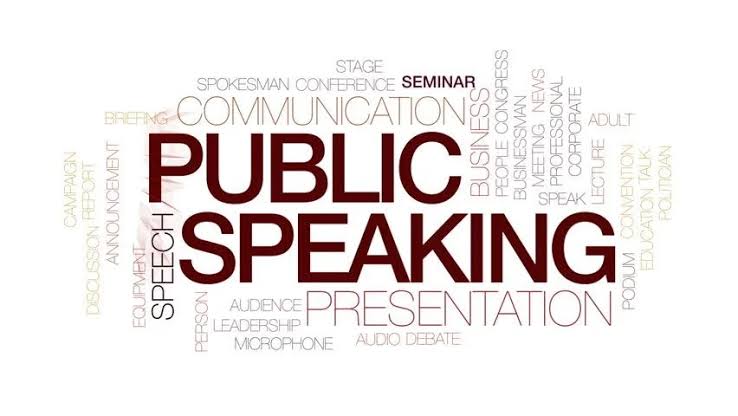Public speaking is a powerful skill that can influence opinions, inspire action, and build strong personal or professional credibility. Whether you are addressing a large audience, presenting a project at work, or speaking at a community event, the ability to communicate confidently and effectively is essential. In 2025, with hybrid events and virtual presentations becoming more common, mastering both in-person and online public speaking techniques is critical for success.
Effective public speaking is not just about delivering a message but connecting with the audience. It involves clarity, confidence, preparation, and the ability to adapt to the audience’s needs.
The Importance of Public Speaking
Public speaking skills can open doors to leadership roles, career growth, and opportunities to share ideas on a larger scale. It helps individuals build influence, improve communication, and gain self-confidence.
For professionals, public speaking can be the key to presenting ideas persuasively, winning clients, or inspiring teams. For students and entrepreneurs, it enhances their ability to pitch ideas or engage in academic and social discussions.
Key Strategies for Effective Public Speaking
1. Prepare and Structure Your Content
Thorough preparation is the foundation of effective public speaking. Research your topic, organize your thoughts, and create a clear outline with an engaging introduction, well-developed body, and memorable conclusion.
Use examples, stories, or statistics to support your key points. A well-structured speech keeps the audience engaged and helps them understand your message better.
2. Know Your Audience
Tailoring your message to your audience’s needs, interests, and expectations ensures that your speech resonates with them. Whether it is a formal business presentation or a motivational talk, understanding the audience’s background can guide your tone, language, and examples.
3. Practice Regularly
Practicing aloud improves confidence, reduces nervousness, and helps you master the flow of your presentation. Recording your speech or rehearsing in front of friends or colleagues can reveal areas for improvement.
4. Master Your Body Language
Non-verbal cues such as eye contact, posture, and gestures play a vital role in public speaking. Maintaining a confident stance, using natural hand movements, and making eye contact with the audience create trust and engagement.
5. Control Your Voice and Tone
A powerful voice can captivate an audience. Focus on varying your tone, pace, and volume to emphasize key points. Avoid speaking in a monotone voice, and use pauses effectively to give your audience time to absorb your message.
6. Use Visual Aids Wisely
Slides, images, or videos can enhance your speech if used effectively. Keep visual aids simple and relevant, ensuring they support rather than distract from your message.
7. Engage Your Audience
Asking questions, sharing stories, or encouraging participation can make your speech interactive and memorable. Engaging your audience fosters a sense of connection and ensures they remain attentive.
8. Overcome Nervousness
Public speaking anxiety is common, but it can be managed. Techniques such as deep breathing, visualization, and positive self-talk can calm nerves. Practicing frequently and starting with smaller audiences can also build confidence over time.
9. Be Authentic and Passionate
Audiences connect with speakers who are genuine and passionate about their topic. Share personal experiences or insights to create authenticity and make your message more relatable.
10. Handle Questions with Confidence
Be prepared for audience questions by anticipating common queries. Answer calmly and concisely, and if you do not know the answer, acknowledge it honestly while promising to follow up.
The Role of Technology in Public Speaking
With the growing use of virtual platforms like Zoom and Microsoft Teams, public speakers must adapt to digital presentations. This includes maintaining eye contact with the camera, ensuring clear audio, and using interactive tools such as polls or Q&A sessions to keep online audiences engaged.
Technology also offers opportunities for practice. Tools like teleprompters, virtual reality presentation simulations, and AI-based feedback apps can help speakers refine their delivery and confidence.
Conclusion
Effective public speaking is a skill that combines preparation, confidence, and the ability to connect with an audience. By mastering techniques such as structuring content, using body language, engaging the audience, and managing nerves, anyone can become a compelling speaker.



